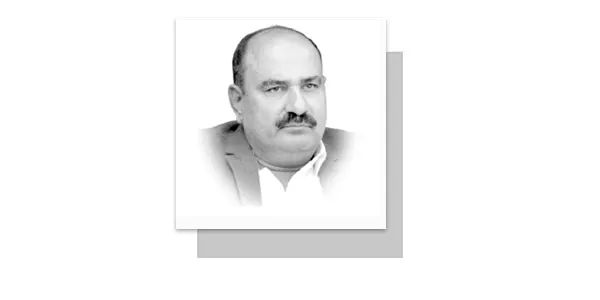AS we celebrate over 76 years of independence from British rule, it is imperative to reflect on the lingering remnants of our colonial past. One such relic is our attire, which still largely emulates the dress code of our former rulers. The coat, pant and three-piece suit, once a symbol of power and authority, continue to dominate our wardrobe, even in the sweltering heat of our tropical climate.
The British, hailing from a cold region, found comfort in their layered clothing, which became an integral part of their national dress. As a result, it was natural for them to impose this attire on their colonies, including Pakistan. However, it is astonishing that even after decades of independence, we still cling to this dress code, despite its unsuitability for our climate.
In Pakistan’s scorching summers, donning a suit and tie is not only uncomfortable but also necessitates the constant use of air conditioning, contributing to our already strained energy resources. It is ironic that professionals like bankers, lawyers and bureaucrats continue to wear coats, sweating profusely, in the name of “civility” and “authority.”
Meanwhile, our national dress, perfectly suited for our climate, remains relegated to special occasions or cultural events. It is time to reclaim our heritage and embrace our traditional attire, which is not only comfortable but also a proud symbol of our identity.
Furthermore, it is intriguing that our British rulers dressed their gatekeepers in the attire worn by Chaudhries and responsible individuals during their time. Yet, despite the progress made by our nation, with many individuals from humble backgrounds rising to prominent positions, we have failed to update our dress code. It is astonishing that the children of Chaudhries and noble families, who have excelled in competitive exams and hold esteemed positions like deputy commissioners, commissioners, and secretaries, do not feel ashamed to see their gatekeepers dressed in the same attire their fathers once wore.
To break free from this colonial legacy, we must encourage the adoption of our national dress in everyday life, especially in official settings. Promote a culture of comfort and practicality in our attire, suited to our climate. Update our dress code to reflect our progress and growth as a nation. Celebrate our heritage and traditional clothing, rather than aping our former rulers.
By embracing our national dress, we can shed the remnants of our colonial past and forge a new identity that is truly Pakistani. Let us take pride in our heritage and create a culture that is comfortable, practical, and uniquely our own.
—The writer is former Regional Executive Inclusive Development at NBP, Mirpur AK.
Email: aahmadofpaswal@yahoo.com










